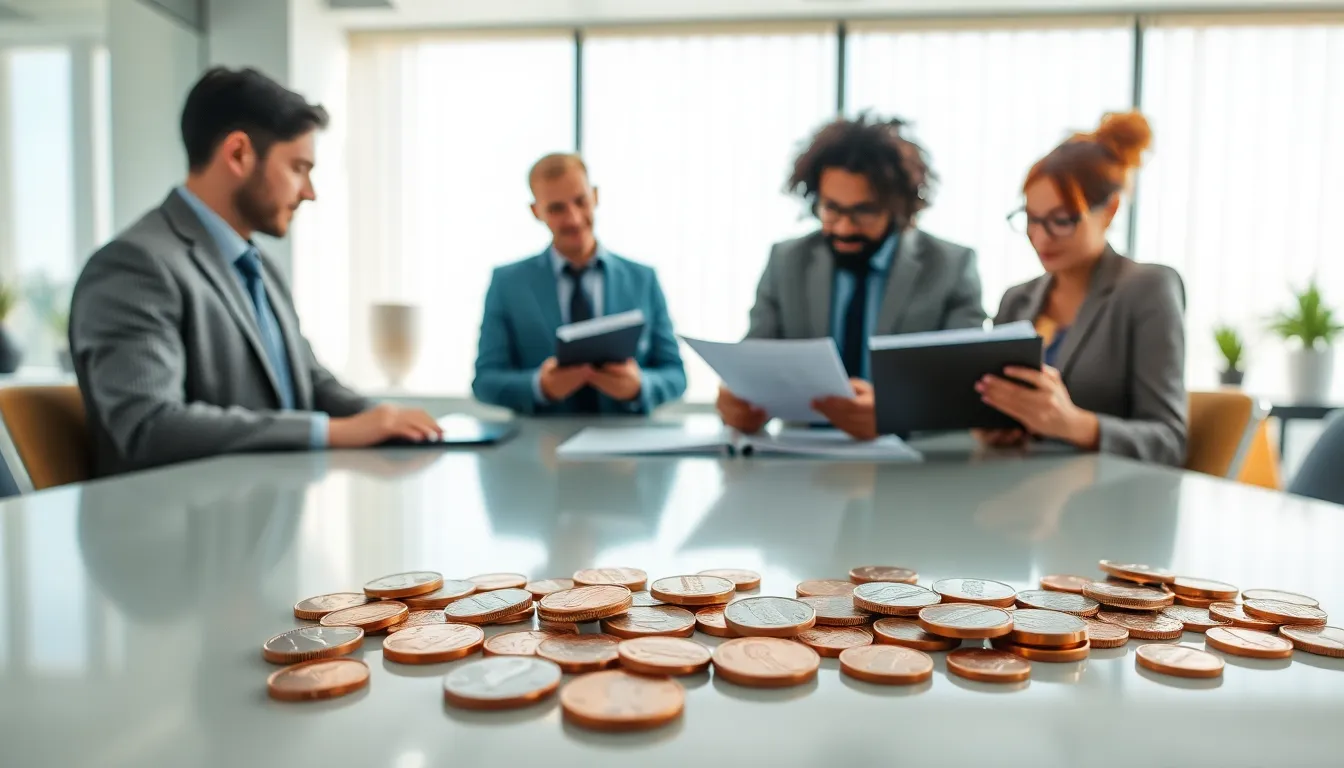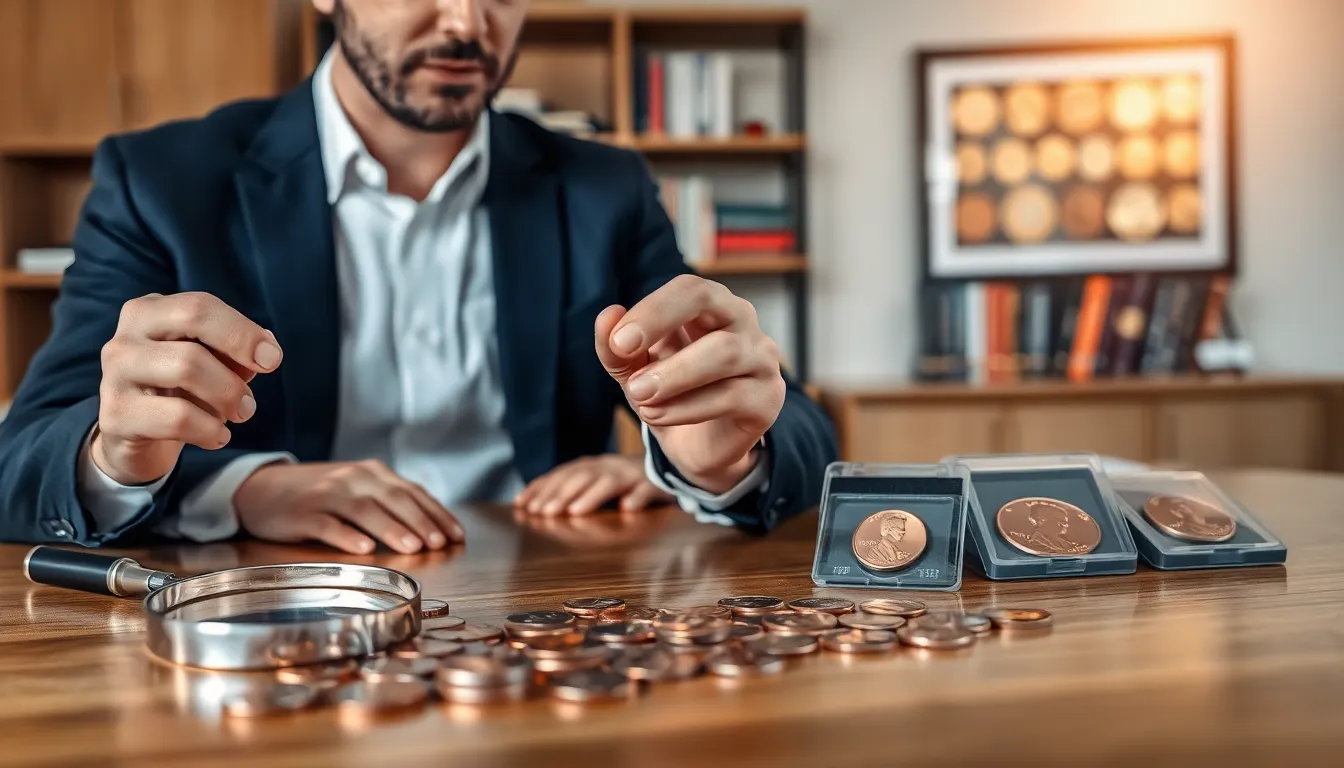When you think of pennies, you might envision a handful of copper coins that barely buy you a pack of gum. But hold on. Some modern pennies could be worth their weight in gold, well, maybe not literally, but close enough. If you’ve ever had a sudden urge to check the couch cushions for spare change, this article might just change how you view those little round coins that jingled away in your pocket. Get ready to uncover the hidden treasures lurking in your piggy bank. You might find yourself becoming a penny-hoarding pirate in no time.
Table of Contents
ToggleUnderstanding Modern Pennies

Most people think of pennies as simply one-cent pieces, but they have a rich history that adds to their intrigue. Produced by the United States Mint, modern pennies have gone through various changes in composition and design since their inception.
Introduced in 1793, the penny was originally made of pure copper. But, these days, coins are primarily made from a mix of zinc and copper due to rising metal prices. This change provides a significant impact on their collectibility and value.
In recent decades, pennies have become much more than mere change. Certain batches from the 1980s onward have acquired a fascinating distinction that can increase their value dramatically.
Key Features That Add Value
Several characteristics elevate some modern pennies from simple currency to valuable collectibles. First and foremost, mint marks play a crucial role. This small letter on the penny shows where it was produced.
For instance, pennies minted in San Francisco (indicated by an ‘S’) often appeal to collectors more than those from Philadelphia or Denver. Also, the year of minting itself can hold significance. Specific years are scarce or have unique errors that can make them stand out.
Another aspect to consider is the condition of a penny. Coins that are well-preserved, shiny, and without visible wear will likely attract a higher price on the market than their battered counterparts.
Rare Modern Pennies to Look For
Not all pennies are created equal. Some modern pennies have become exceptionally valuable due to rarity or minting blunders. One prime example is the 1992 Close Am Penny, which features an error in the lettering. While most have a wide spacing in ‘AMERICA,’ a few exist with very close letters.
Another example is the 2000 Pennies with a possible mint error, notably the ‘2000 Wide Am,’ which has significant value due to its unique design. Collectors are on the hunt for these rare finds, and discovering one in your pocket change could make you an instant penny millionaire. Well, maybe not a millionaire, but you get the idea.
Grading and Condition Matters
When it comes to selling or valuing modern pennies, grading them accurately is essential. Coins are typically graded on a scale from 1 to 70, with 70 being in perfect mint condition. The most common grades you’ll see are from G (Good) to F (Fine), and into the realm of MS (Mint State).
A well-graded penny can command a premium price. For instance, a penny graded as MS65 might sell for much more than an MS63. Factors to consider include scratches, toning, details, and whether it’s been cleaned or altered. Coins lose their charm and value with unintentional damage.
How to Sell Your Valuable Pennies
Once you’ve sifted through your change jar and determined which pennies might be worth some cash, selling them becomes the next step. Online auction sites, numismatic dealers, and local coin shows are excellent places to find eager buyers.
Before selling, research similar coins to set an appropriate price. Be prepared to provide details about the year, condition, and any distinctive features of your penny. In some cases, professional grading services can enhance a penny’s perceived value, even adding a certification label.
Collecting Modern Pennies: Tips and Strategies
For those interested in delving deeper into the world of penny collecting, strategic collecting can pay dividends. Start by focusing on specific years or mint marks that pique your interest. Building a systematic collection not only organizes your finds, but it can also help you understand market trends.
Another tip involves connecting with fellow collectors. Online forums and local clubs provide great resources for education and networking. They can also be excellent places to trade duplicates or learn about upcoming coin shows.







